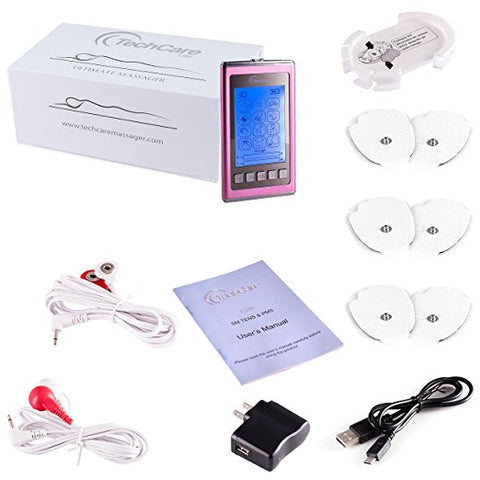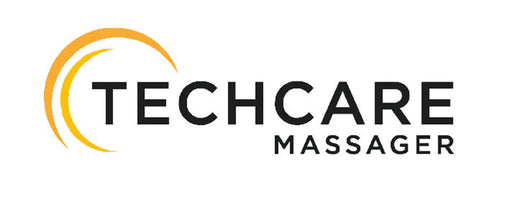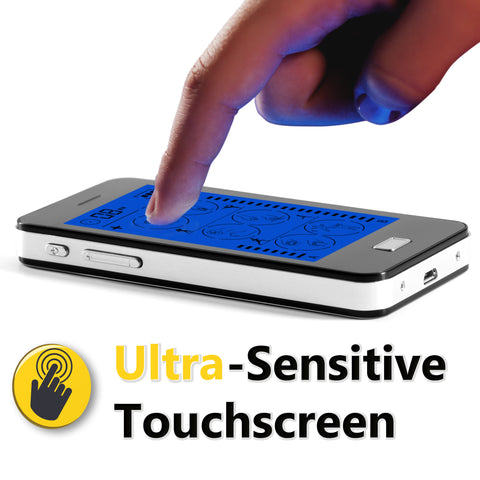TENS Unit
TENS Unit or Transcutaneous Electrical Nerve Stimulation Unit is a device that operates with mild electricity. TENS Unit is very similar to EMS Device which works on the same principles. It is one of the popular devices for pain management such as neck pain or chronic pain. TENS devices are drug free devices.
EMS stands for Electric Muscle Stimulator. Best known for his high speed kicks and fists, the martial arts guru Bruce Lee and also controversial boxer with his political views and his stand against Vietnam War, Muhammad Ali were two great athletes of their time who used EMS.
History of TENS Unit
To use electricity for pain control goes back to ancient Rome some says. Scribonius Largus was the court physician of Roman Emperor. He did studies on electrical fish to ease muscle pain. While there was little knowledge about electricity in those days, there were different forms of electricity in the nature like electrical eel or thunders. Throughout 18. century, many scholars made experiments with mostly devices works with static electric to get rid of headaches and other pains.

As we know, the first modern, wearable TENS Unit was patented in USA in 1974. The main purpose of this device was to test patients' reaction to electrical stimulation. But it appeared that those patients also felt relief during experiments. Scientists discovered the benefits of TENS Unit and they started new experiments for TENS Unit uses. One of the few companies who used TENS Unit for commercial purposes was Medtronic. Medtronic did research by using TENS Unit to cure diseases like Parkinson, epilepsy, fibromyalgia and so on.
Scientific Research on TENS Unit
Late in 2000's, many science people made various experiments to test TENS Unit devices. First studies were made on animals and it shows changes in the peripheral nervous system, in the spinal cord and inhibitory pathways. Scientists did randomized and controlled tests to understand the placebo effect of these devices. Clinical trials proved that TENS therapy is really something useful for pain relief. While technology advances, the devices became smaller, mobile and more effective and more affordable in terms of price.
TENS Unit activates serotonin, muscarinic and opioid receptors. As a result, TENS Unit reduces pain thru peripheral and central nerve system. The use of TENS Unit is simple. It is mainly the application of mild electric current thru electrodes a.k.a TENS Unit Pads. There are various frequencies but mainly they vary between 10 Hz and 50 hz. This level of electric frequency is harmless and the feel of TENS Unit on the skin is something like giggling and itching. Laboratory studies showed that TENS frequencies activate central mechanisms that produce analgesia. Thus the main function of a TENS Unit is very similar to analgesic pills knows as painkillers.
Experiments
It is not surprising that initial studies were don on rats. These little creatures have similar genetic codes as human beings. Tests showed that TENS working in high or low frequency reduced joint inflammation. Today there are different type of TENS devices that works on high frequency or low frequency. New devices give option to users to choose massage form, frequency level and duration. Some studies showed that if you use your TENS device repeatedly in a day, this may cause an analgesic tolerance at your spinal receptors after a couple of days. It is very similar to pain-killers. We all know that if someone uses painkillers very often, his or her body will get used to this painkiller and the benefits of the drug will decrease day by day.
Therefore altering the frequency while using it or giving a day break may prevent development of analgesic tolerance to TENS Unit. The key message from these studies is that high stimulus intensity and an changing high and low frequency of TENS produced the maximal hypoalgesia using experimental pain models. Placebo Effect of TENS Unit There were some doubts about these devices, thus scientist made some placebo trials to understand whether it really works. They chose randomized controlled trials three randomized controlled trials groups of people for the test. Outcome measures were pain intensity and patient satisfaction. They concluded that patient satisfaction was related to origin of pain, and patients in the soft tissue and bone-disorders group experienced the best results. TENS or Placebo TENS didn't influence pain intensity. Other important studies showed that high-frequency TENS had its greatest effects on pain reduction during the 6 weeks of treatment. Low-frequency TENS demonstrated positive long-term results at 32 weeks. Low-frequency TENS Unit improved functional measures over the treatment period.Some other studies showed that TENS Unit can be used as a fast-acting pain treatment for victims of painful illnesses requiring transport for medical attention. TENS may also be beneficial in decreasing autonomic responses to acute pain.Conclusion
Placebo-controlled clinical trials suggest that TENS Device is effective for several acute and chronic pain conditions associated with emergent and postoperative conditions. TENS is consistently more effective than placebo TENS for pain intensity, anxiety, and heart rate in these populations, and decreases in postoperative pain with cough are associated with improvements in pulmonary function when the TENS dose is adequate. Use of high-intensity stimulation and high-frequency TENS appears to be the most effective, particularly in the short term.Basic scientific evidence shows analgesic action of TENS Unit. Finally studies also show that tolerance to repeated application of TENS can be prevented by multiple strategies, both pharmacologic and non-pharmacologic. Recently, new studies and experiments suggest As new new benefits of TENS Unit.




Comments
Leave a comment